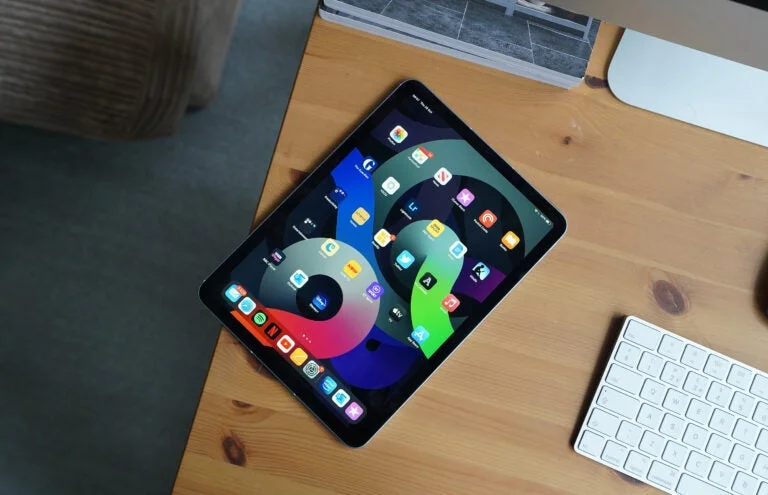How to Change the IP Address on Your Android Device
Most people on the Internet today use mobile devices to stay connected. For that reason, it is quite important to know how your phone or tablet interacts with other devices, websites, and services within the global network. Changing both the public and local IP addresses on Android devices is a straightforward process, but one that can contribute greatly to your anonymity and the safety of your personal information online.
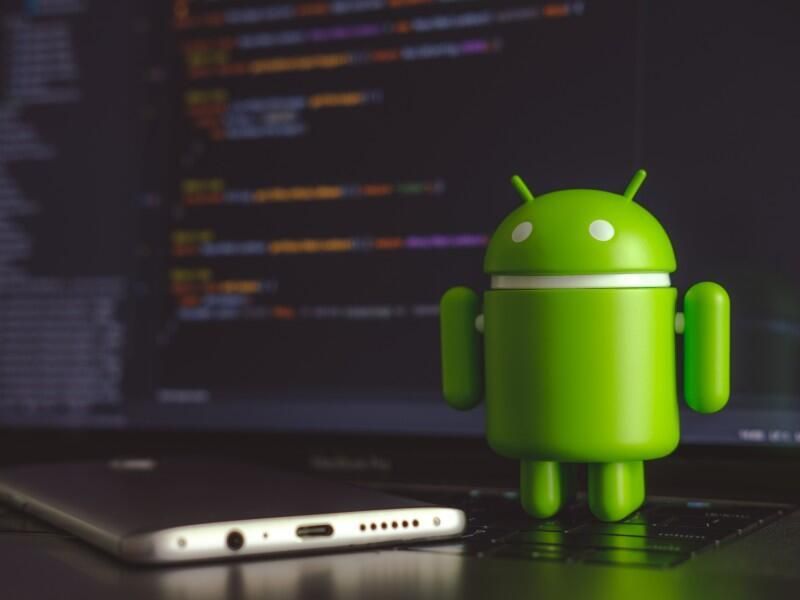
What is an IP?
Internet Protocol (IP) is the main method through which you transfer data to and from a network. All devices that are connected within a local network, like the one you have at home or the office, or a global one like the internet – have at least one IP address that identifies them. The type of the device doesn’t matter – it can be a computer, phone, tablet, printer, smart TV, or any other appliance that connects to a network.
How Does IP Work?
Each time you send or receive data from another device, service, or website on the internet, the data is divided into little parts called packets. Let’s say, for example, that you want to open a specific page on a website. The server hosting the site divides the content of the page into packets, and then sends them – one after another – to a gateway address. The gateway reads the IP address of your device and sends the packets to a server that is in the physical vicinity of your network. The next gateway forwards the packets to an even closer gateway, and so forth. The end goal is to reach the gateway that is closest to your device. This is usually your network’s router. The router collects all data packets necessary to construct the page you’ve requested on the screen of your phone or tablet, and then sends them to the device so that your request is completed.
What is a Public (External) IP?
The public IP of your Android device is the address websites and services from across the internet use to gain access to the device. Usually, they need it to send data packets that you have requested or receive such that you’ve sent to them. The public IP is visible across the World Wide Web, and you can’t choose it. It is your Internet Service Provider (ISP) who assigns your public IP.
On a side note, you may come across terms like external IP, or similar. They are interchangeable with public IP and describe the same concept. The public IP contains some data about your identity and the physical location of your Android device, but not all of it. Because of this, you can think of it as the P.O. box of your phone or tablet. It enables you to connect to the internet from the inside of your network toward the outside, without revealing too much information about yourself.
What is a Private IP?
The private IP address of your Android device is the one that identifies it within your network, at home, or in the office. Private IPs can be changed and they are related to the gateway IP of the router you have used to set up the network. For example, the router’s IP is 192.168.0.0 and you have connected three devices to it in that order – a laptop computer, a printer, and an Android phone. The laptop will get 192.168.0.1 as its private IP. The printer – gets 192.168.0.2 and the Android phone – 192.168.0.3.
The devices within your network use private IPs to communicate with each other and to send and receive requests for data to the router, and from there – to the internet. The router uses the private IP to identify the exact device making the request or receiving data packets. At the same time, the router uses the public IP assigned by the ISP to communicate with devices and services from outside the network. The reason for the existence of two types of IPs is twofold:
- It enables the creation of your network by creating unique identities for each device on it.
- As an additional layer of protection for your data across the internet.
Can Someone Trace You from Your Public or Private IP
Both your private and public IP addresses reveal some information about your device, as well as personal data. The private IP address of your Android device is by default closely associated with the private IP of the router you’ve used as a foundation of your network. At the same time, ill-intentioned parties can trace your public IP address to your Internet Service Provider, thus revealing your approximate geographical location, among other things. Even if we are not talking about hackers, websites often use your public IP address to analyze your behavior online to help them tailor targeted ad campaigns tailored specifically to your preferences, personality, and recent browsing history. It is thoroughly understandable that you might want to avoid any of these scenarios, which is why it might be a good idea to conceal or alter both your private and public IP. Fortunately, there are easy ways to do both.
Changing Your Private IP: Method #1
In the case of your Android phone’s/tablet’s private IP, you can alter it from the router’s settings. You will need to log into the router’s default private IP address using an internet browser of your choice. Then, use the router’s username and password to log into the device’s control panel. There you will see a menu offering you to tweak all settings related to the device and your private network as a whole. You will find the private IP settings under Network Settings or a similar tab. There you will be able to change the default private IP for the router, and thus – the private IPs of all other devices within your home or office network. While you are there, you may consider updating the name of the network, and setting up a password everyone signing onto it should know. Since manufacturers tend to assign the same default private IP to all devices they produce, and the default network name is the brand and model of the router, making those updates is of utmost importance security-wise.
There might be several reasons you are unable to use this method to change the private IP of your Android device:
- Someone else, like your ISP, has set up the network for you and you don’t have the logins for the router.
- It is your office network you are using, and it’s impossible to make such changes due to security reasons and office policy.
- You want to change the private IP of your Android phone only, but not of other devices on the network.
Changing Your Private IP: Method #2
You can update the private IP of your Android device directly from the device itself. To do that, simply:
- Open the Android Settings Menu
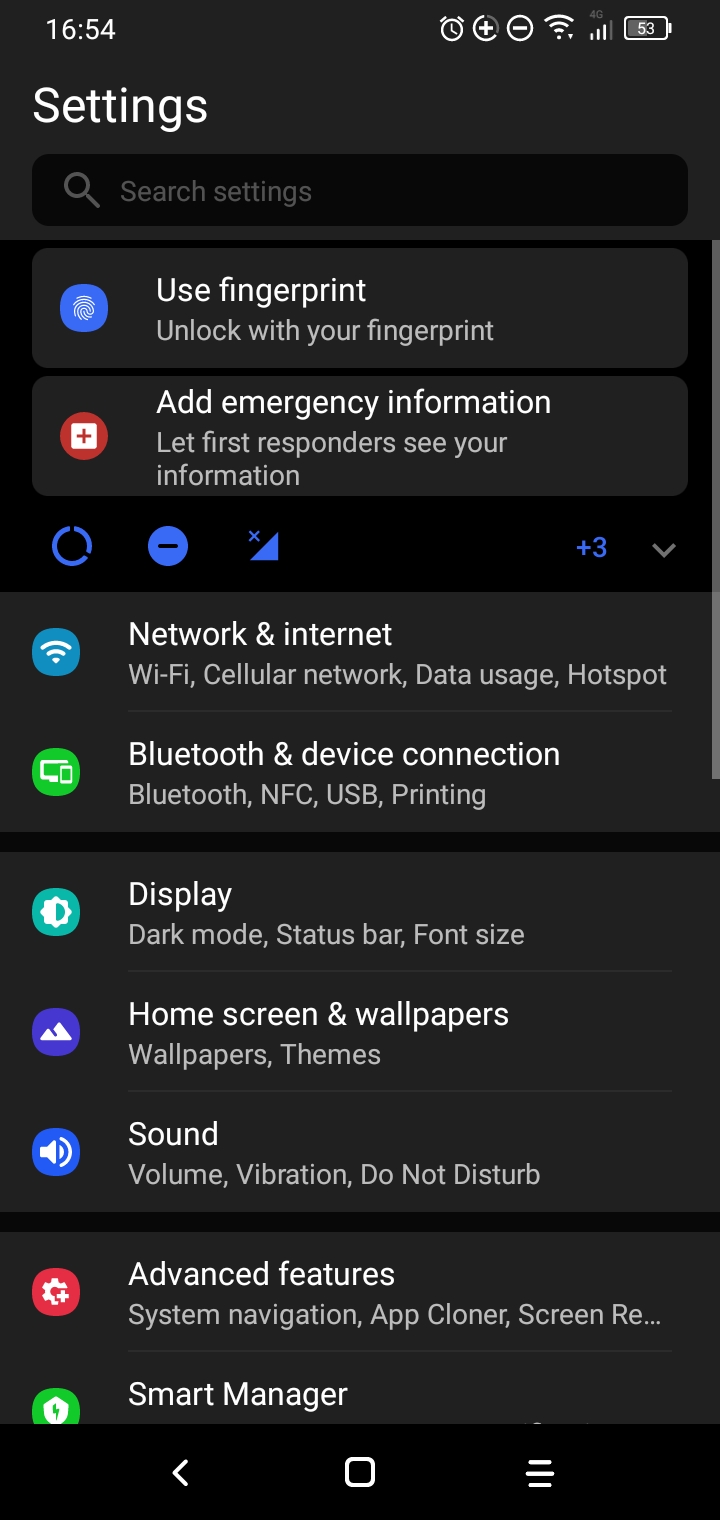
- Go to Network & Internet
- Select your Wi-Fi network
- Click on Modify Network
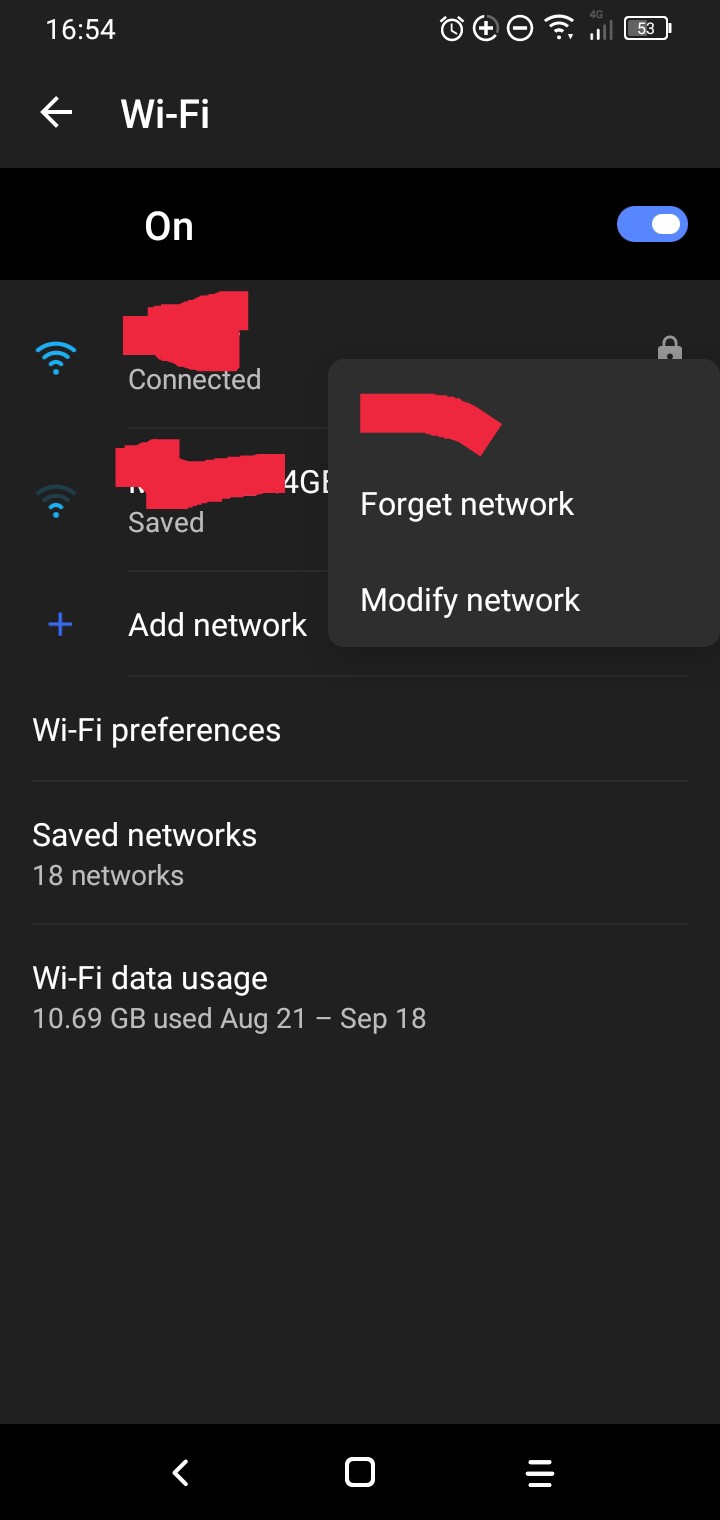
- Go to Advanced Options
- Select “Static” under IP settings
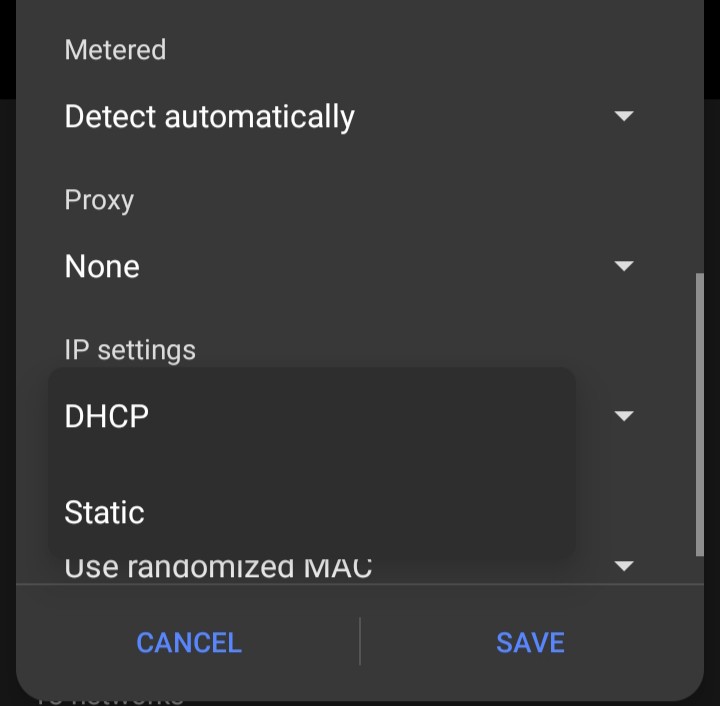
- Change your Android device’s private IP address.
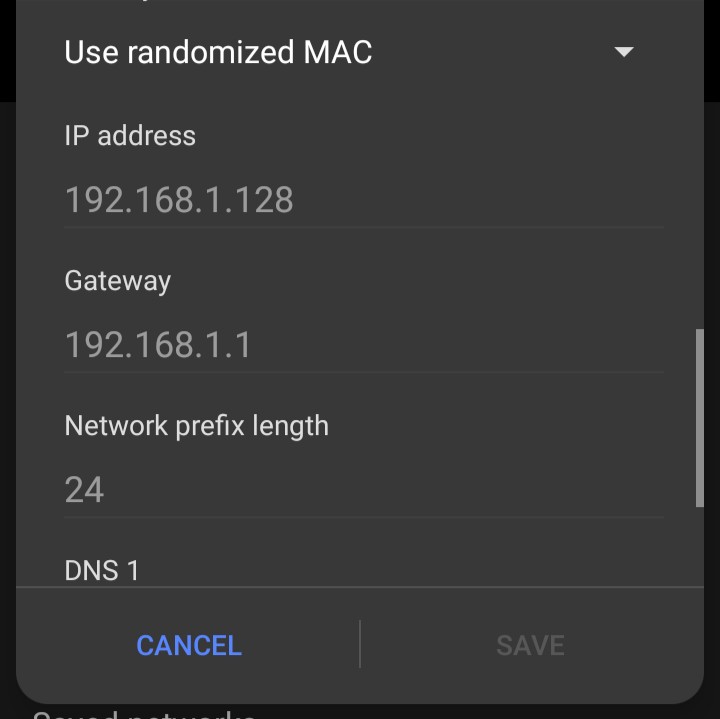
Changing Your Public IP
While updating the private IP address of your Android device is a fairly straightforward process, things become a little trickier when it comes to your public IP. The reason for this is that usually, it is your ISP that assigns that address to your network. Even if you can arrange such a change with the help of your Internet Service Provider, the information in your new public IP acquired with their help will contain the same personal data you’d like to conceal. To surf the internet anonymously, you will need a VPN service.
What is VPN?
A Virtual Private Network (VPN) encrypts your internet traffic and conceals your identity online. The encryption happens in real time and prevents third parties (websites, services, and hackers) from monitoring your activities online and stealing your data. When you use a VPN service, its server acts as an intermediary between your network and the website you are accessing. All data packets go first to the VPN’s server, where they are encrypted and redistributed to your network. At the same time, you send your requests to the same VPN server, where your public IP and other data is being encrypted before reaching the website or service you’d wish to use.
How to Use a VPN on Android
When choosing a VPN service, it is of utmost importance to go for a reliable, certified service provider to be sure they will not abuse your data. For that reason, no matter whether you pick up a paid VPN or a free alternative, you should obtain the app only from a trusted source such as the GooglePlay store. Some of the top-rated VPN providers that offer Android versions are:
- ExpressVPN
- SurfShark
- NordVPN
- IPVanish
- CyberGhost VPN
- TunnelBear
Most VPN providers offer both paid plans and trial periods. To test how a VPN service works on your Android device, sign up for a trial version, which usually comes with a data limit of 500 MB. That should be more than enough to decide if the VPN you are testing is the right one for you.
Additionally you can have a DIY VPN made by using openvpn and a VPS of your choice. But in order to do that, you would definitely need a more detailed technical instruction manual and we would surely provide such in the following weeks.
By Router Help Support team
20.11.2022
Related Articles
How to find your IP address on iPad
Find your iPad IP address. A guide on how to know your local and public IP address on an iPad.
How to Change the IP Address on Your Android Device
Change your local or public IP address on Android. Update the private IP of your Android device directly from the device itself.

